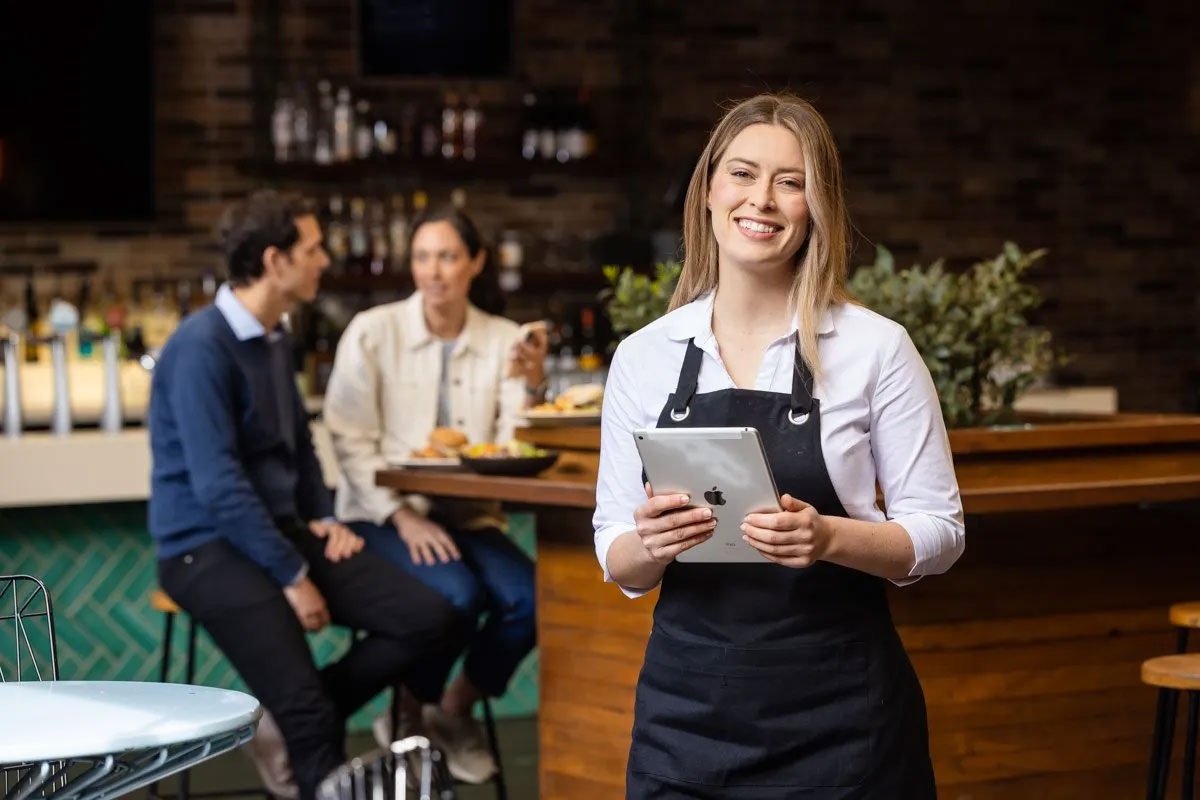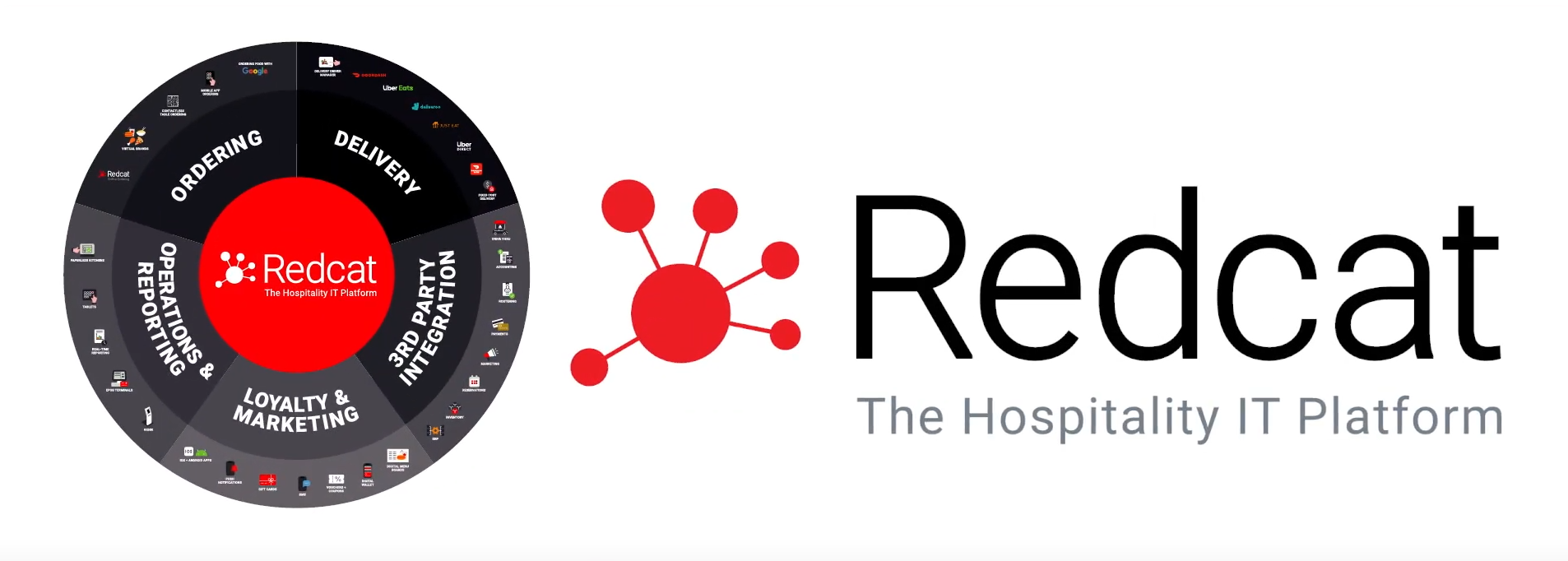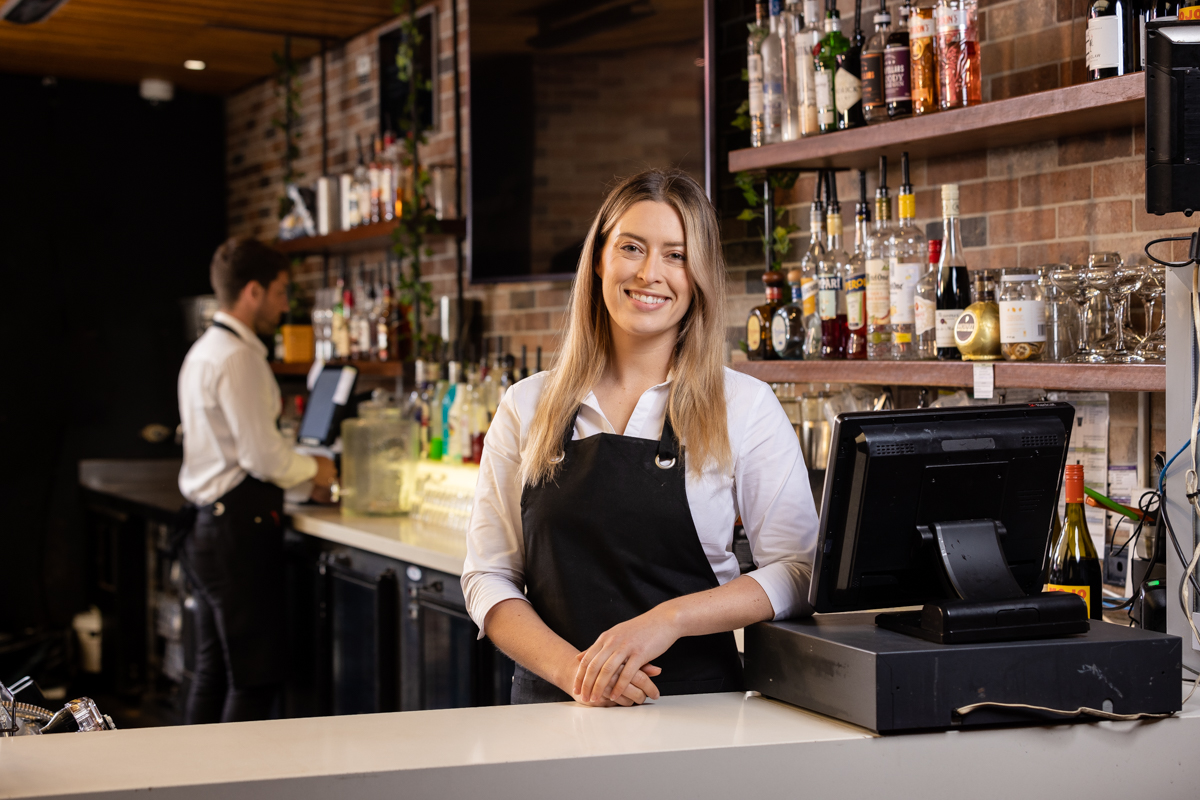The hospo top 10: Trends shaping 2023 for the hospitality sector
As we approach a new year, thoughts naturally turn to what lies ahead. Hospitality businesses move into 2023 with some pretty big challenges, but...

As a hospitality business owner or manager, you’re probably feeling pretty bruised and battered right now. You and your fellow restaurant, café and QSR owners have been amongst those hardest hit by the coronavirus pandemic.
You’re battling a chronic shortage of staff - from chefs to dishwashers. There’s a lack of international workers, and many who left the industry at the start of the pandemic have never returned. In 2020 over 600,000 temporary visa holders left Australia, and as of May 2021, there were over 46,000 unfilled jobs in hospitality.
It’s an issue that started before COVID, but has dramatically accelerated during the pandemic. Now over two-thirds of hospitality businesses are struggling to find staff and having to pay way more than two years ago.
The rules seem to be constantly shifting - one week you’re open, next you’re shut, or you have regulations about numbers or a curfew limiting opening times. It can be hard to keep up with what’s allowed, and when you can and can’t take orders.
In normal times, you can plan your stock purchases, based on your known sales patterns. With all bets off for any form of planning, you have the added stress of potentially wasting stock if you order too far in advance and then find yourself shut down.
There’s no easy answer, and I’m not pretending to provide one here. But there are some technologies that can help you to reduce the impact of the pandemic on the overall health of your business. They can help to ease the pressure and pain, and could even make the difference between survival and closing your doors for good.
So, what can hospitality IT offer in times like these?
Automated ordering
With staff at a premium in terms of availability and cost, it’s timely to look at ways you can reduce the overall number of staff needed, without impacting customer service.
If you’re a dine-in venue, you could provide self-ordering via an app or website. Your clientele could access menus via their phone, or a tablet on the table. It makes your wait staff more productive, helping you to manage more customers with fewer staff. It reduces face to face contact time and also offers a reliable and consistent way of upselling and cross-selling. Orders go directly to the kitchen, reducing eliminating human error and making for speedier service.
If you offer a delivery or take-away service, you could offer customers the opportunity to order via aggregator sites like Uber Eats or Deliveroo, or on your website or dedicated app. The key to efficiency here is integration with your point of sale.
If you still have a separate terminal for online orders, and your staff have to print and re-key orders into your POS system, you’ve got the perfect opportunity to streamline. By sending online orders directly to your POS, you save the time your staff would otherwise have spent on ‘double handling’ order entry and possibly having to putting right any order errors.
Stock Management
When it comes to managing stock, the better the visibility you have of exactly what’s in the store cupboard or cool room, the more accurately you can manage it. A good inventory management system will always save cost, allowing you to replenish stocks ‘just in time’. At a time of uncertainty and snap lockdowns, these benefits really come into their own. An efficient inventory management system can save you being left with piles of overripe avocadoes or throwing out out-of-date burgers.
Centralised management
Relying on your already hard-pressed staff to remember the ever-changing rules about numbers and curfews places even more pressure on them. Far simpler to implement all the regulations from your head office environment. This might take the form of automating ‘last order’ times in your app, or sending messages to customers in all venues via digital signage.
Keep in touch
In times of constant flux, it’s important to keep in touch with your customers. That could be encouraging them back as soon as you re-open, letting them know you do take-away even if you can’t dine in, or sending them offers to reward their continued support. A loyalty system helps you understand more about your clients and if/how their purchase patterns change under restrictions. It’s an effective way to communicate with them about what you’re doing to keep providing their favourite meals and snacks.
There’s no easy answer to the impact of the pandemic for hospitality businesses, and times may be tough for a while yet, until the whole world is able to open up. But in the meantime, technology offers some tools that can help you to minimise the impact of COVID. By using them, you’ll increase your chances of being one of the businesses that survives to take advantage of better times.

As we approach a new year, thoughts naturally turn to what lies ahead. Hospitality businesses move into 2023 with some pretty big challenges, but...


A juggling act